Myoclonus dystonia and the main characteristics
The condition in question is actually related to the muscles and their involuntary pulling and twitching. Such movements are actually results of muscle contractions, and they are very quick and usually sudden. The upper part of the body is generally affected the most, particularly arms and neck, even though it can also happen that the contractions in question affect the legs and face as well. So far it is known that this disorder is inherited and only if the father is the carrier, the disorder will be developed, while in cases in which the child inherits the gene from the mother, there will be no symptoms. The mutation of certain gene is the reason why it occurs, and since this gene is responsible for encoding of a protein which is further responsible for control and coordination of movements, all of this will result in malfunctioning of the nervous system. Also, it is very likely that the contractions are triggered by stress, alcohol, caffeine and even sudden noise. As for the symptoms, they have the tendency to become more serious if a person consumes alcohol, and this also goes for the symptoms that are not related to the movements, such as anxiety, panic attacks and personality disorders.
How to deal with myoclonus dystonia syndrome?
First of all, given that the condition in question is inherited, no cure for it exists. However, the symptoms can be controlled successfully and medications such as clonazepam, benztropine, as well as others that belong to the class of tranquilizers and anticonvulsants are most commonly employed. There are cases in which the treatment method known as deep brain stimulation has given encouraging results and signs of improvement, although the truth is that such a treatment was only conducted on very severe cases. What is also interesting is that there are also cases in which alcohol somehow alleviated the symptoms, although alcohol is definitely known as the factor that has only negative effects on the symptoms of this disorder. Still, it is not recommended to use it if diagnosed with myoclonus dystonia. As for the process of setting the diagnosis, all that is required is physical examination, family history and the examination performed by a neurologist. The symptoms tend to appear in the period of early adolescence or in the period of childhood, which is also the time when the greatest majority of cases is diagnosed.






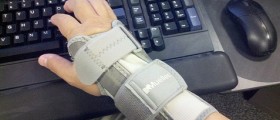
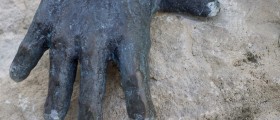


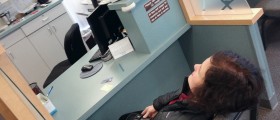
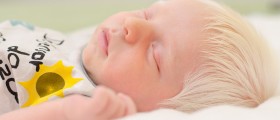



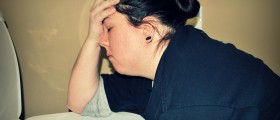

Your thoughts on this
Loading...